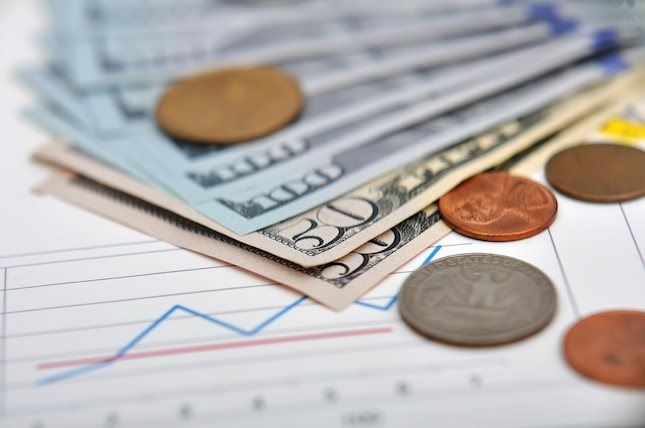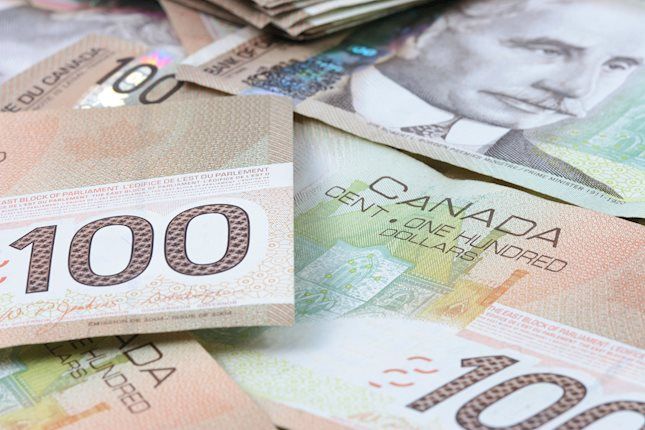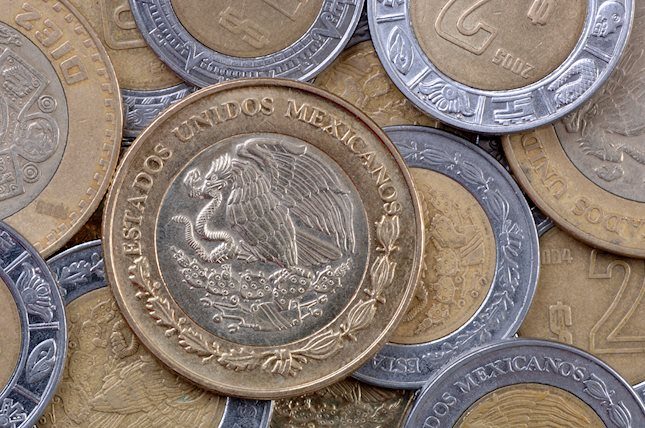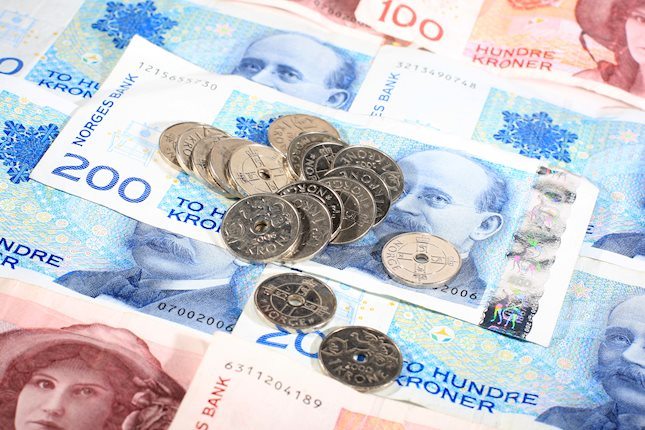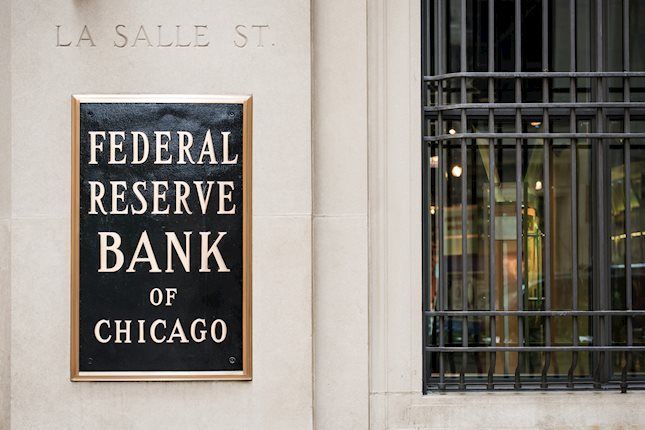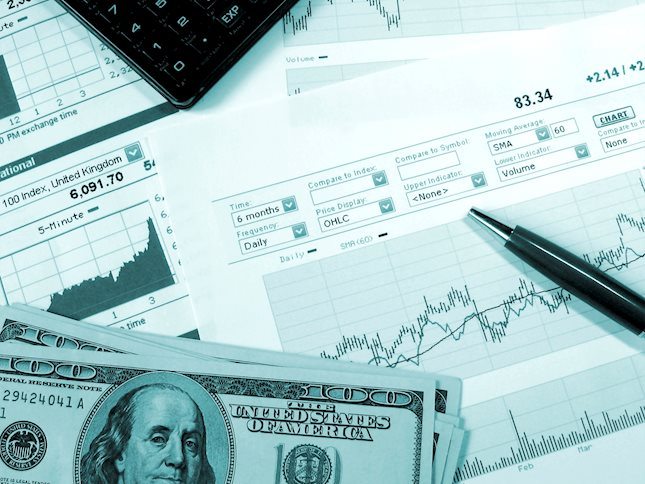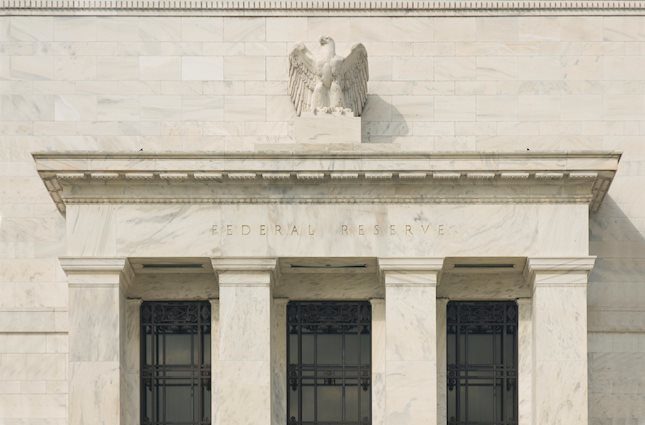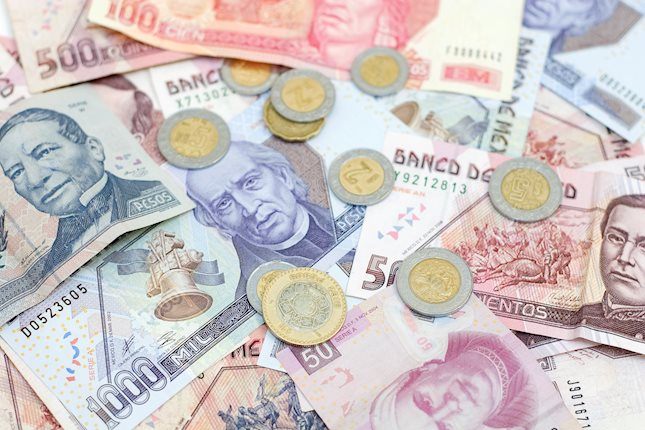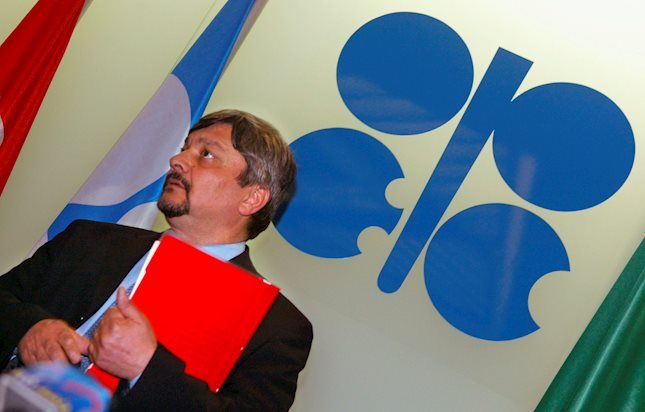US Dollar saw red at the start of the week, markets digest NFP
- Market interpretation of Powell's words indicates caution due to unpredictability of inflation trajectory.
- Friday’s Nonfarm Payrolls report showed a slowdown in annual wage inflation, fuelling predictions for imminent Fed rate cuts.
- NFP report also shows that job creation decelerated while unemployment rose.
The US Dollar Index (DXY) is currently trading near 105, reflecting mild losses in Monday’s session. Headwinds from persistent inflation that remains uncomfortably high, as stated by Federal Reserve (Fed) Chair Jerome Powell, hold the US Dollar steady. That being said, the weak jobs report released last Friday gave clues that the US economy might be signaling that the cooling down the Fed needs to start cutting rates has begun. This may trigger further downside for the USD.
The US economy presents a mixed picture with robust demand and a steady labor market, which saw some weakness in April. Fed Chair Powell's cautious stance, noting the uncertainties surrounding future inflation trajectory and the substantial yet not guaranteed progress, might keep the USD afloat in case future data comes in hot.
Daily digest market movers: DXY starts the week on left foot as markets assess labor market data
- Nonfarm Payrolls in the US increased by 175K in April, underperforming market expectations of 243K.
- Unemployment Rate rose slightly to 3.9%, up from previous 3.8%.
- Average Hourly Earnings, a measure of wage inflation, declined to 3.9% from 4.1% on a yearly basis.
- Market expectations pivot toward a lower rate ahead of upcoming Fed meeting, with June rate cut odds holding firm at around 10%.
- However, for the later part of the year, expectations have increased with the odds for a July rate cut rising to 40% from a previous 25%, and almost 95% for a rate cut in September, up from 55% prior to the last meeting.
- Examining bond markets, US Treasury bond yields are down with the 2-year yield falling to 4.81%, the 5-year yield slipping to 4.48%, and the 10-year yield marginally lower at 4.49%.
DXY technical analysis: Dollar Index negatively sloping with bullish possibilities
The technical indicators on the daily chart reflect mixed signals for DXY. The negative slope and negative territory of the Relative Strength Index (RSI) indicate that bears seem to be gaining ground. This trend is further confirmed by the rising red bars of the Moving Average Convergence Divergence (MACD), which signals bearish momentum.
However, despite this negative environment, there are some bullish elements present as well. Notably, the DXY is currently positioned above the 100 and 200-day Simple Moving Averages (SMAs), which generally suggests a bullish trend in the longer term. Yet, it has temporarily fallen below the 20-day SMA, further emphasizing bearish short-term momentum.
In conclusion, the short-term technical outlook of DXY is bear-dominated, given the recent sell-offs and technical configurations. However, its position above the 100 and 200-day SMA underlines that the longer-term bullish momentum still has the potential to resume.
Fed FAQs
Monetary policy in the US is shaped by the Federal Reserve (Fed). The Fed has two mandates: to achieve price stability and foster full employment. Its primary tool to achieve these goals is by adjusting interest rates. When prices are rising too quickly and inflation is above the Fed’s 2% target, it raises interest rates, increasing borrowing costs throughout the economy. This results in a stronger US Dollar (USD) as it makes the US a more attractive place for international investors to park their money. When inflation falls below 2% or the Unemployment Rate is too high, the Fed may lower interest rates to encourage borrowing, which weighs on the Greenback.
The Federal Reserve (Fed) holds eight policy meetings a year, where the Federal Open Market Committee (FOMC) assesses economic conditions and makes monetary policy decisions. The FOMC is attended by twelve Fed officials – the seven members of the Board of Governors, the president of the Federal Reserve Bank of New York, and four of the remaining eleven regional Reserve Bank presidents, who serve one-year terms on a rotating basis.
In extreme situations, the Federal Reserve may resort to a policy named Quantitative Easing (QE). QE is the process by which the Fed substantially increases the flow of credit in a stuck financial system. It is a non-standard policy measure used during crises or when inflation is extremely low. It was the Fed’s weapon of choice during the Great Financial Crisis in 2008. It involves the Fed printing more Dollars and using them to buy high grade bonds from financial institutions. QE usually weakens the US Dollar.
Quantitative tightening (QT) is the reverse process of QE, whereby the Federal Reserve stops buying bonds from financial institutions and does not reinvest the principal from the bonds it holds maturing, to purchase new bonds. It is usually positive for the value of the US Dollar.
Forex News
Keep up with the financial markets, know what's happening and what is affecting the markets with our latest market updates. Analyze market movers, trends and build your trading strategies accordingly.



